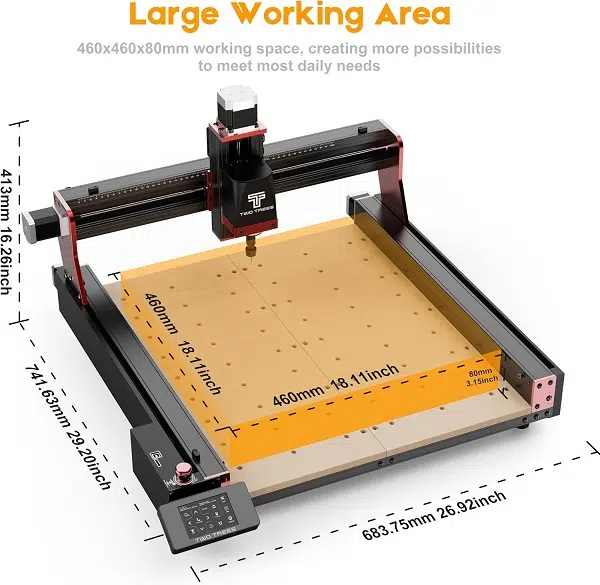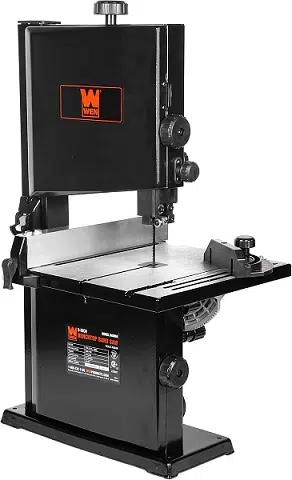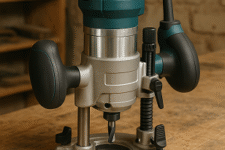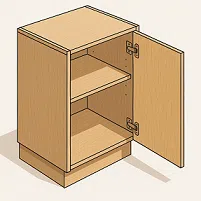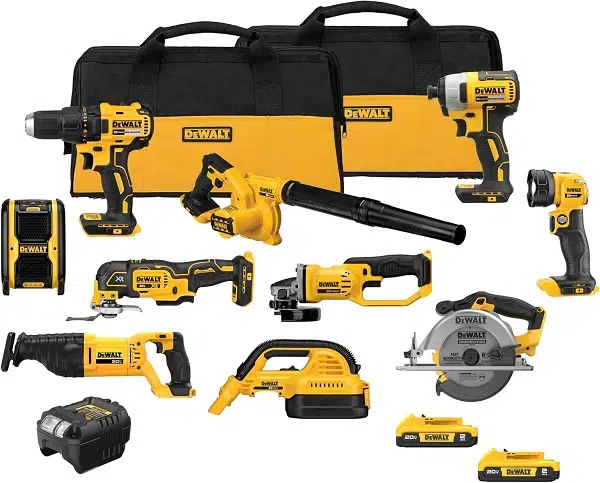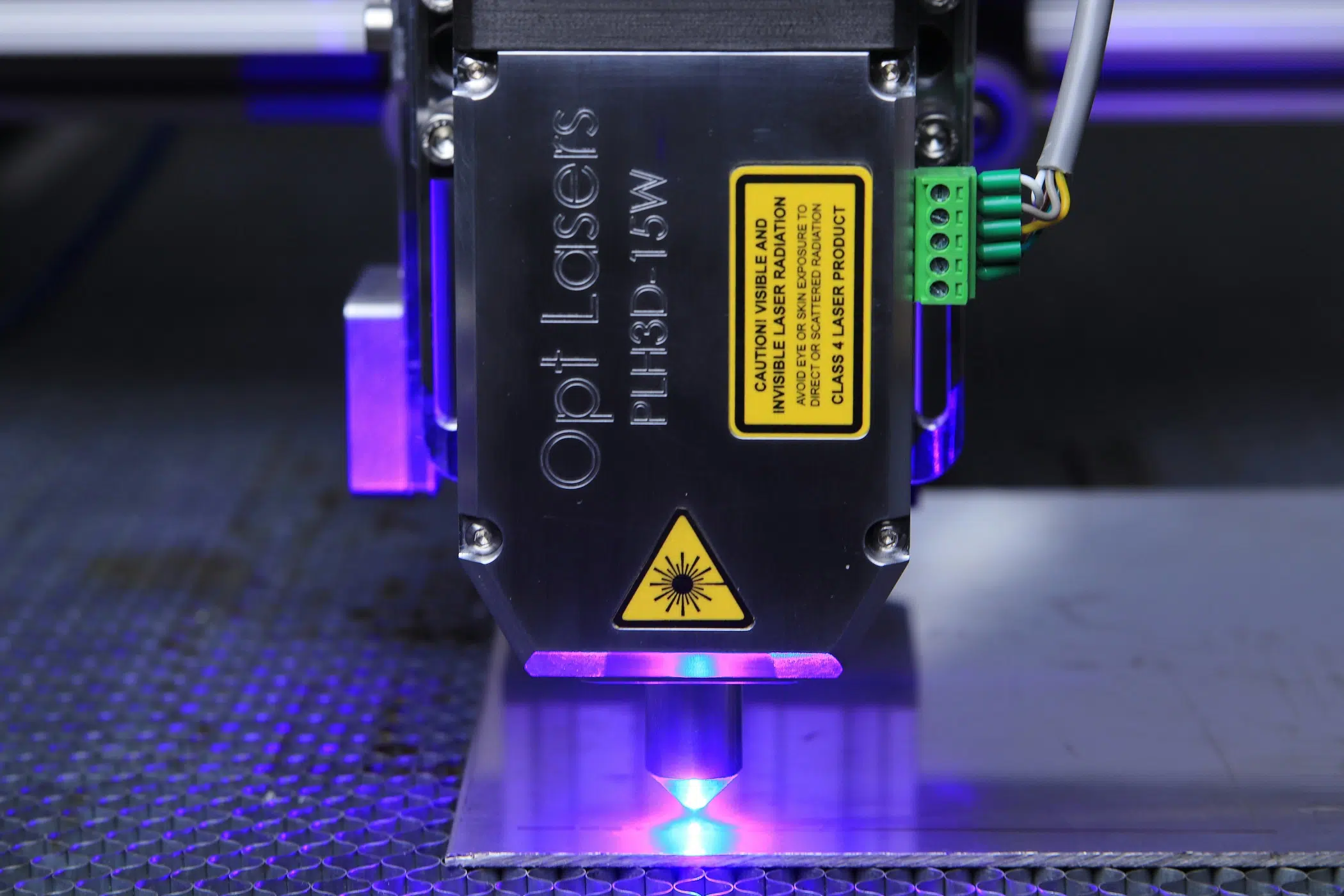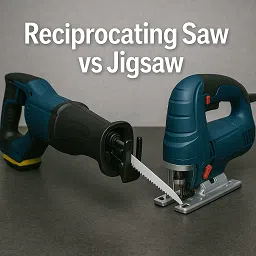
Reciprocating Saw vs Jigsaw: Which One Belongs in Your Toolbox First?
Table of Contents
Introduction
Standing in the tool aisle wondering “reciprocating saw vs jigsaw—what’s the real difference?” You’re not alone. Both are versatile DIY tools that use a back‑and‑forth blade motion, yet they shine in very different jobs. After years of weekend renovations and beginner woodworking projects, here’s the friendly breakdown I wish I had at the start.
The circumstances of the project at hand frequently determine whether to use a reciprocating saw or a jigsaw. When discussing Reciprocating Saw vs jigsaws, many people wonder what the differences are. Understanding these tools can help you make the best decisions for your initiatives.
Quick Definition
- Reciprocating Saw (Sawzall): A rough‑and‑ready demolition saw designed to tear through studs, roofing, nails, and even prune branches. Think: speed and brute force.
- Jigsaw: A lighter woodworking saw that excels at cutting curves, scroll work, and controlled plunge cuts in wood, plastic, or thin metal.
Side‑by‑Side Power Tool Comparison
| Feature | Reciprocating Saw | Jigsaw |
|---|---|---|
| Primary Use | Demolition, rough cuts, cutting metal pipes | Curves, patterns, finish work |
| Precision | Low | High |
| Typical Stroke | Longer (faster material removal) | Shorter (better control) |
| Ergonomics | Two‑hand grip, front boot | One‑hand top handle or barrel grip |
| Blade Visibility | Limited | Excellent (good for tight shapes) |
| Speed Control | Variable trigger; some orbital | Variable speed dial; orbital settings |
| Best First Project | Cutting out old window frame | Shaping a plywood shelf |
Tool Comparison Reciprocating Saw vs Jigsaw
When a Reciprocating Saw Wins
Most users find that when considering Reciprocating Saw vs Jigsaw, the application determines the best choice.
Choose a reciprocating saw when you need to cut metal conduit, slice through nailed studs, remove old PVC, or lop off small tree limbs. The longer stroke length and aggressive blade types (bi‑metal, carbide, pruning) eat through mixed materials without babying the tool.
A cordless saw with a 4–5Ah battery becomes your mobile wrecking crew—perfect for remodels where outlets are scarce. Experts often recommend evaluating Reciprocating Saw vs Jigsaw for specific tasks before purchase.
Pros: Fast, versatile, works in cramped spaces, great for demolition.
Cons: Rough edges, hard to keep perfectly straight, louder, and more vibration.
When a Jigsaw Wins
Ultimately, the choice between a Reciprocating Saw vs Jigsaw depends on your individual project needs. Understanding the reciprocating saw vs jigsaw discussion will enhance your project outcomes.
Pick a jigsaw for cabinetry, laminate countertops, crafting signs, or any project requiring tidy lines and cutting curves. With a clear view of the shoe and blade, you can follow templates or freehand shapes. Swapping to a fine‑tooth metal blade lets you notch aluminum angle or thin sheet without sparks. For most homeowners, the best jigsaw has variable speed, orbital action for fast wood cuts, and a dust blower to keep the line visible.
Pros: High precision, smooth edges, easy plunge cuts, safer feel for beginners.
Cons: Slower in thick lumber, not ideal for heavy demolition, blades can deflect on sharp turns in thick material.
Which Saw to Buy First?
Ask yourself what’s on your immediate project list:
- Renovation/Demolition: Removing windows, cutting old pipes → buy the best reciprocating saw you can afford.
- Furniture / Crafts / Shelving: Shaping panels, making round cutouts → start with a quality jigsaw.
Many tool enthusiasts eventually own both because they complement each other.
Blade Types Matter
Regardless of tool, blades transform performance. Use:
- Wood demolition blades (aggressive teeth) for studs.
- Bi‑metal blades for nails or mixed materials.
- Carbide blades for cast iron or stainless.
- Scrolling jigsaw blades for tight curves.
Label a small organizer so grabbing the right blade is quick; it prolongs life and improves results.
Corded vs Cordless Saw
Modern lithium batteries make a cordless reciprocating saw or jigsaw incredibly convenient. Corded models still make sense if you run the saw all day on a bench, but for most homeowners and pros hopping ladders, cordless wins on mobility.
Safety Gear and Technique
Both saws demand safety gear: eye protection, hearing protection, and gloves. With a reciprocating saw, always brace the shoe firmly against the material to reduce vibration. With a jigsaw, let the shoe stay flat and avoid forcing the blade around a curve—slow down and let the teeth work. Unplug or remove the battery before changing blades.
Tool Maintenance
Keep vents free of dust, wipe the shoe, and occasionally add a drop of oil to moving pivots (consult your manual). Dull blades overheat and wander; replacing them early keeps the best reciprocating saw or best jigsaw feeling new.

Real‑World Example
Last month I replaced a rotten window sill. The reciprocating saw freed the old frame in minutes—nails, caulk, and all. Then the jigsaw took over to cut a precise notch in the new trim. Using both made the job quicker and cleaner than forcing one tool to do everything.
Final Thoughts
In the debate of reciprocating saw vs jigsaw, neither tool is “better” universally—they’re specialists. Start with the one that matches your current project list, learn its strengths, and eventually add the other to round out your toolkit.
With the correct blades and some practice, you’ll be adept at handling demolition and intricate curves. In conclusion, the Reciprocating Saw vs Jigsaw debate remains an inspiration for tool enthusiasts.



